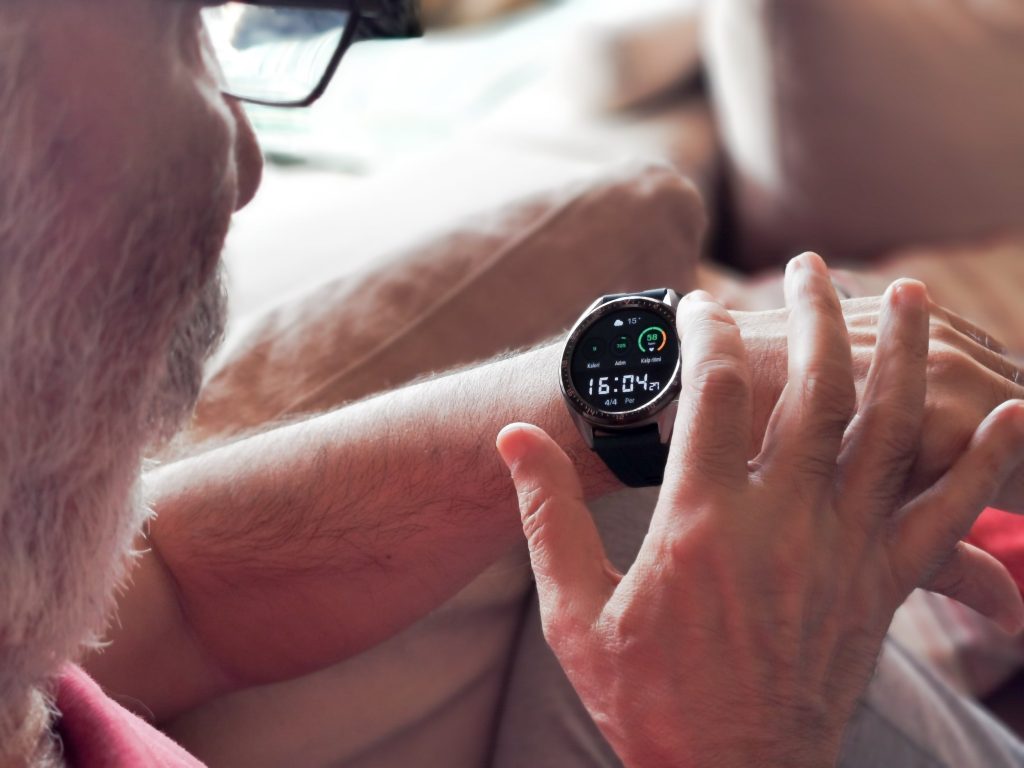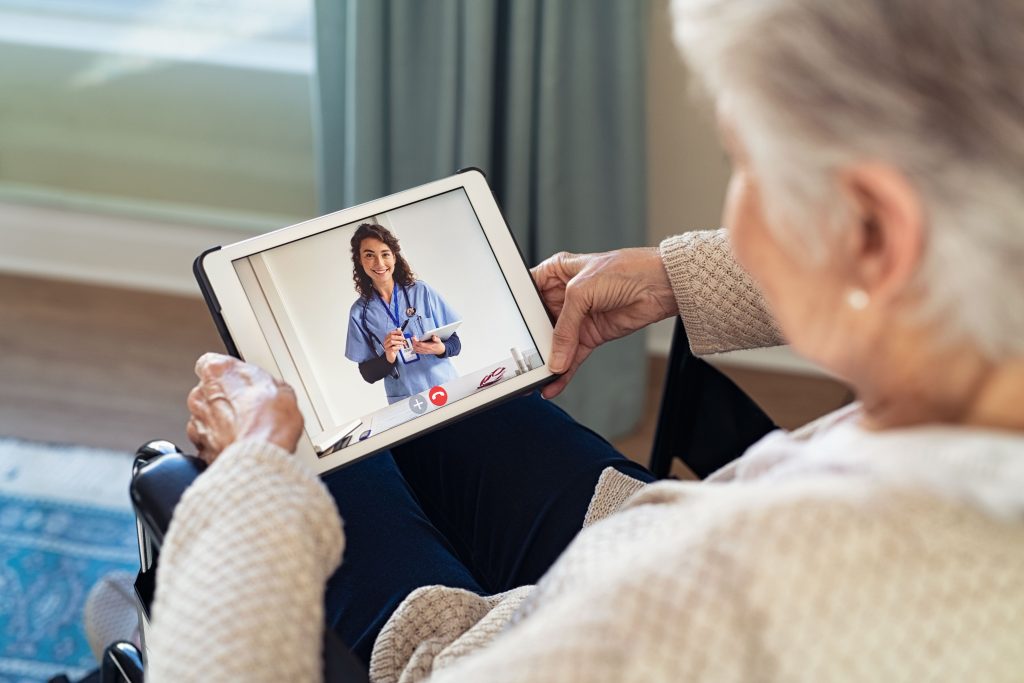Tech trends in retirement and assisted living in 2022
Technology is here to stay, and embracing it is all about being innovative and flexible. Technology can help you or your loved one remain independent for a little longer. One of the following retirement and assisted living tech trends could be just what you are looking for to stay connected with loved ones and stay healthy. Let’s dive in!
1. Smart homes
In the last few years, smart homes have become more accessible to most income levels and age groups. The majority of people use at least some form of smart device in their homes. Some of the most common smart devices are Alexa and Google Home. Since 2019, there has been an increase in ownership of smart devices by adults over 55 from 19% to 45%. This technology can allow older adults to live longer in their own homes. Smart home devices can help users control their lights, televisions or thermostats and activate a personal alarm through an app on their phone or voice. Some smart home devices can notify you who is at your door and unlock it for them. The best part is that all these functions can be performed in one place. The speaker can be placed where the user can easily access it, however, many respond to voice control.
2. Health device
Most wearable health devices don’t usually stick around for long, but a few do have the capability to change people’s lives around the world. A good example is smartwatches. Smartwatches are very common now, and older adults are now using them in their day to day lives. Smartwatches can keep track of vital signs and alert a loved one in an emergency. When choosing a wearable device, it’s important to look for ones that have fall alert features. Research shows that one in three adults over 65 will experience a fall each year.

signs and alerting loved ones in the case of an emergency.
On the other hand, we now have automated medicine dispensers. This tech trend makes it easier for users to remember necessary prescriptions. These automated medicine dispensers will only open when it’s time to take medicine and only open the correct compartment. It will also alert you with an alarm when it’s time to take your medication. It can also alert family members if you haven’t taken your medication after a reasonable time.
3. Telehealth
Health devices are not only helpful in keeping family members in the loop but also medical professionals. Retirees and older adults can easily monitor vitals and other valuable medical data outside the normal traditional visits. Virtual health appointments can be more beneficial to older adults with mobility constraints. Routine check-ups can be just as effective online as they are in person.

appointments can be extremely useful.
On the other hand, most healthcare providers are willing to offer certain appointments over the phone if you don’t own video-capable technology. Health devices make it easier to monitor chronic illnesses and help families and doctors track important data. As technology advances, telehealth will be incorporated even more into patient health.
4. Technology for emotional wellness
Most assisted living trends focus more on physical well-being, but emotional well-being should not be left out. Depression is sadly a common condition among older adults for various reasons. Older adults who are isolated from family members and who experience mobility difficulties that make daily tasks harder are at risk of suffering from depression. Older adults with dementia are also most likely to suffer from depression.
In such situations, technology might come in handy. Devices with video chat functions can help older adults connect with family and make them feel less lonely. It will bring them comfort, knowing they can easily contact their families wherever they are. Video devices can provide fond memories, from baking a cake virtually with their grandkids to watching their kids or grandkids get married to a loved one.
Some companies have also created robotic pets that can provide comfort for the elderly who want company but can’t take care of pets on their own.
Seek peace of mind with these assisted living trends
Retirement and assisted living devices can help older adults stay in their homes for as long as they can and improve the quality of their lives. Family members will feel at peace knowing they will be notified in the case of an emergency. Elderly adults will feel at peace knowing they can continue living their lives while still connected to friends and family.


